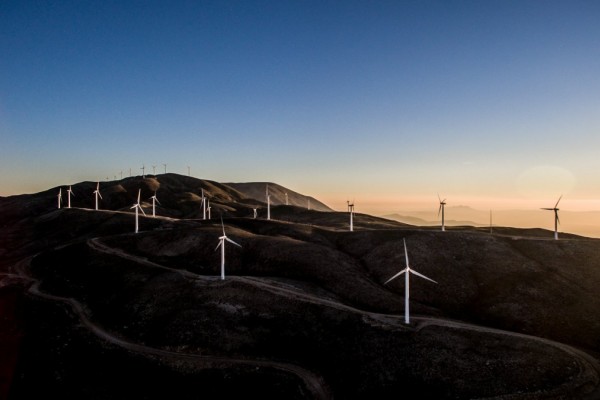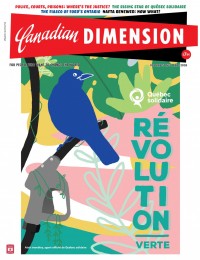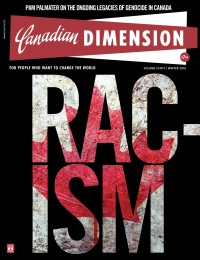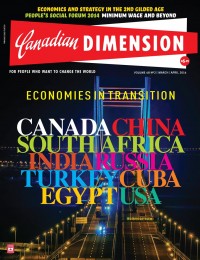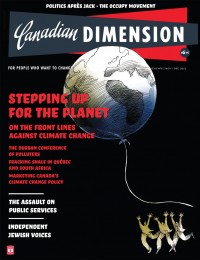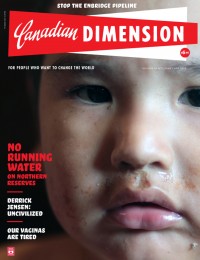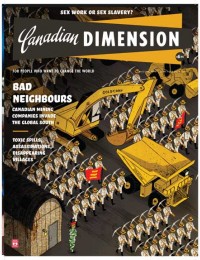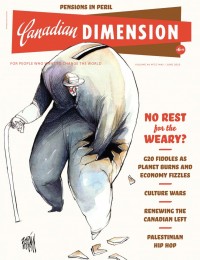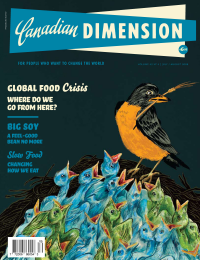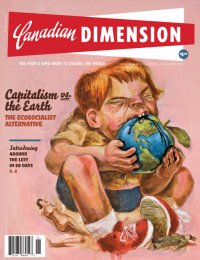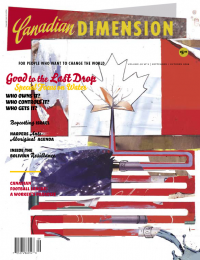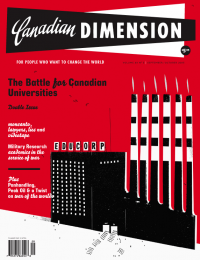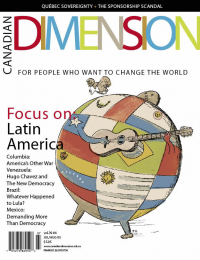The Edible is Political
Many thinkers and activists who are deeply concerned about the scope and gravity of the environmental crisis pay too little attention to how far the production of animal flesh and fluids for human consumption is implicated in global ecological degradation, including climate change. Eating habits are deeply ingrained. And the thought of changing them radically is unpalatable to some people irrespective of the evidence.
But the need for a dietary revolution is incontrovertible. The unspeakable cruelty to sentient beings that defines such practices as factory farming should be reason enough for people of conscience to protest the reigning food system. But if the moral appeal falls on deaf hearts, the ecological argument should clinch the case.
Researchers Robert Goodland and Jeff Anhang calculated previously uncounted livestock-related greenhouse gas emissions and concluded that, taken together, all the GHG-producing activities directly and indirectly related to meat and dairy production – from clearing land for grazing livestock and growing feed to animal respiration to meat processing and cooking – accounts for at least half of total worldwide anthropogenic GHGs (PDF).
Replacing livestock with sounder alternatives, they point out, would have a more rapid impact on reducing GHG emissions than actions to replace fossil fuels with renewable energy.
The staggering environmental impact of producing and consuming animal products is well documented in various studies such as the 2010 report by the UN’s International Panel for Sustainable Resource Management, the Pew Commission’s 2008 Report on the Environmental Impact of Industrial Farm Animal Production and the 2011 report “Livestock in a Changing Landscape” (PDF) produced by an international research team, among many others.
Roughly 70 percent of the world’s agricultural land and 30 percent of the planet’s entire ice free land surface is devoted to activities related to livestock production such as grazing or growing feed. With a global shortage of grassland, the only way more livestock and feed can be produced is by clearing forests which are crucial for offsetting GHG emissions and conserving biodiversity. In addition, overgrazing results in land degradation, advancing the rising tide of desertification.
Livestock production is also responsible for intensive water consumption and water pollution. According to the Water Footprint Network, it requires 15,000 litres of water to produce just one kilogram of beef. The vast amount of farm animal waste pollutes the land and the water, as do the massive quantities of antibiotics used in factory farming to prevent disease under the brutalizing conditions in which the animals are kept.
And consider that the scale of global meat production is expected to double by 2050 as population grows and demand rises.
At the same time, large-scale livestock production is an enormous obstacle to the challenge of feeding that growing human population, since more than half the world’s crops are currently fed to livestock. A dietary paradigm shift would alleviate the global food crisis by freeing up land reserved for grazing animals and growing feed to place it under cultivation for food directly destined for humans.
Kicking the addiction to animal products is a recipe for change that not only runs up against the inertia of culinary tradition but also the resistance of the usual vested interests. Factory farming in particular is big business, and it employs powerful lobbies and a vast marketing apparatus dedicated to fuelling the appetite for meat and dairy without regard for all the damage it wreaks – including harm to human health from obesity and heart disease.
It remains that eating much lower down on the food chain is one of the simplest yet far-reaching changes we can make, as individuals and as a society, to mitigate the gathering environmental storm. Adopting and advocating a primarily plant-based diet should be a fundamental part of progressive politics. It’s alimentary, dear reader.
This article appeared in the July/August 2011 issue of Canadian Dimension (The Food Issue).








